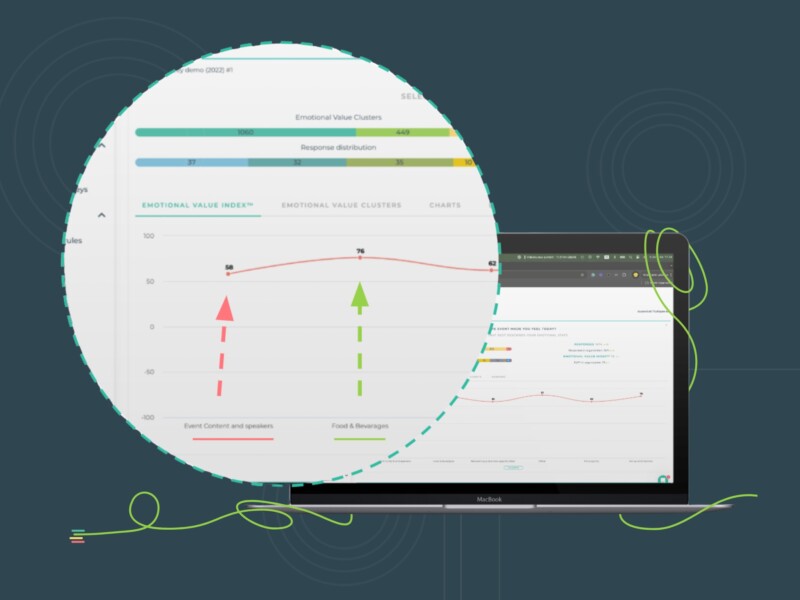As a customer-centric business, you would already know that data is the way to enhance customer experience. But, if the actions you implemented based on CX data aren’t rewarding you with the expected results, that’s obviously an issue of great concern. After all, the ultimate goal of investing so much effort into gathering and analyzing CX data is to improve the performance of your business.
Don’t worry. We interviewed the CX experts at Feedbackly to find out the reason behind this. According to them, avoiding these common pitfalls can help you avoid failure and ace the game!
1. CX data recency
Say you gained some very useful insights from CX data you gathered from various channels. It won’t have any real impact on customer experience if you fail to take prompt actions based on them. In this fast-evolving world, customer expectations and behavioral trends are also subject to rapid change. So, if you execute actions based on CX data you gathered months ago, it won’t be very effective.
Most CX data are time-sensitive, and most customers expect a prompt response for the feedback they provide you. Setting up notifications for specific feedback that demand immediate attention and automating actions is a good way to start!
2. Compromising customer security
If the actions you take based on CX data compromise customers’ privacy in the process, your business becomes more prone to failure. Highly enriched data inevitably expose some vital personal data of clients, and it’s the responsibility of the business to maintain their anonymity.
Businesses, especially eCommerce ventures, should take special efforts to safeguard customers’ sensitive/personal data from malicious third parties. If you improve the purchasing experience by compromising security, you are exposing your customer to risk. In addition to optimum security measures, it’s important that businesses have clear and comprehensive privacy policies that inform customers how and why their data is utilized. Otherwise, it can lead to mistrust and customer churn.
3. No clear processes and team engagement
Another major pitfall is haphazard actions. If the decisions you take based on CX data aren’t executed via a clear, step-by-step process, they won’t deliver the expected results in an optimum manner. The brand also loses its credibility.
The situation is even worse if the customer expects someone from the CX team to reach out to them, but no one does. They lose trust because their feedback seemed to have fallen on deaf ears. In order to prevent this, all the team members engaged in the task must communicate and coordinate with each other, exchanging information efficiently. It also improves accountability, and there’s a clear sense of who is responsible for what.
4. Data representativeness
Taking actions based on data that offers little context is also dangerous. If you build up scenarios based on low-enriched data or small sample sizes, it can, in most cases, lead to false interpretations and hasty generalizations. You assume that the majority of the customers expect it when it could be quite the opposite. So, when you take actions, especially indirect actions, based on these inadequate data, you won’t derive the expected positive results.
Therefore, it’s important to ensure the data you have is accurate and sufficient to provide you with the required background information on client behavior or preferences. As we always say, aim for highly enriched data as much as possible.
5. No proper follow-up
It’s great that you have executed the actions but are you following up to see if they yield the desired outcome? If not, that’s another pitfall in your CX strategy. While some actions generate immediate actions, others seek long-term oriented results. For example, the actions you take to improve loyalty won’t give results overnight. In this case, monitoring is as paramount as implementation.
Therefore, always make sure there’s a clear follow-up process to close the loop and keep customers satisfied. Monitoring can also help you determine if they are effective or need adjustments.
6. Siloed CX data
We always speak of the importance of connecting CX data with operational, financial, and other data in the organization. We like to emphasize it again here because linking CX data with others is the only way to gain a bigger picture of the strengths and weaknesses of your CX strategy. In simple terms, your CX data will make more sense and derive better insights when it’s contextualized with other data!
What happens otherwise? You tend to make decisions based on misleading interpretations. Also, CX is tied to every unit in the organization, and if you fail to take that into account, the results would be a half-baked cake. We don’t want that!




